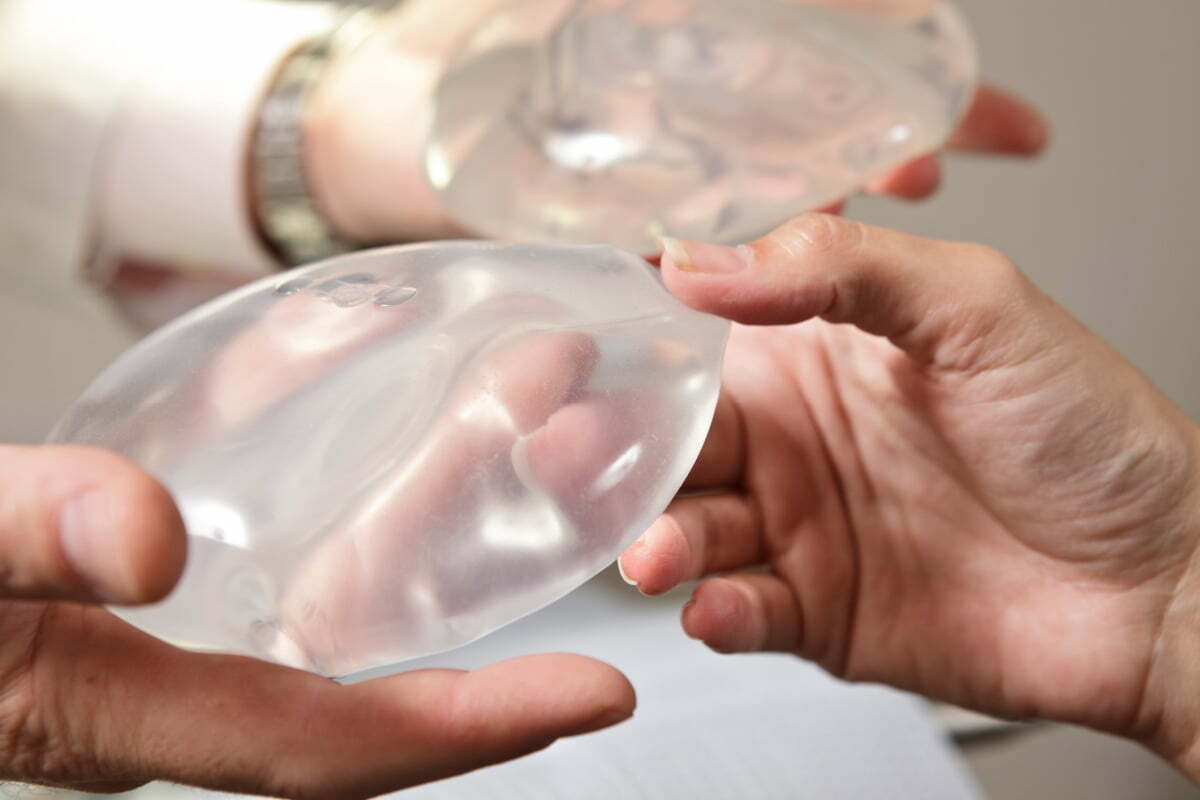What You Need to Know About the FDA’s New Breast Implant Guidelines

The FDA recently updated its breast implant safety guidelines to address various concerns, including the potential risks of BIA-ALCL and breast implant illness. The revised guidelines add new safety information for surgeons to review with their patients in addition to the normal risks and benefits of breast implant surgery, as well as increase labeling and disclosure requirements for implant manufacturers. This month, we examine the FDA’s new guidelines and explain what they mean for patients and surgeons.
What are the new FDA breast implant guidelines?
The FDA is now requiring all breast implant manufacturers to include the following guidelines in their implant labeling, which all surgeons are expected to review with their patients:
- Patient decision checklist. Surgeons are now required to provide their patients with a decision checklist detailing the potential risks, side effects, and benefits associated with breast implants. Stated risks were expanded and include implant rupture, capsular contracture, BIA-ALCL, and systemic issues potentially related to breast implants (collectively referred to as breast implant illness, or BII). The checklist also lists alternatives to implant-based breast augmentation surgery, such as fat transfer breast augmentation and breast lift without augmentation. Patients and surgeons must initial and sign this checklist.
- A boxed warning. All breast implant packaging must now feature a boxed warning alerting patients to any potentially significant health risks. The FDA requires a boxed warning for products that are associated with any rare but potentially dangerous side effects and/or require special instructions for safe use.
- Routine screening recommendations. The FDA now recommends that patients with breast implants undergo rupture screenings 5-6 years after their implant surgery and every 2 years after that. Due to the advances in silicone implant technology over the last decade, the risk for implant rupture is now as low as 1-2% per year. Furthermore, in the event of a rupture, a silicone implant’s filling may bulge out of its shell but should remain contained within the breast capsule.
- List of materials used in implants. The FDA is now requiring manufacturers to disclose the specific materials used in breast implants to patients and surgeons.
- Ongoing research. The FDA increased the number of studies regarding breast implant risks and side effects that implant manufacturers must continue to conduct.
How will these new implant guidelines affect patients and surgeons?
Patients: By making sure that patients understand all of the potential risks and benefits associated with breast implants, we believe these new guidelines will help formalize the informed consent process and help patients feel fully comfortable in their decision to proceed with breast augmentation.
Surgeons: These new updates are largely directed towards surgeons who do not routinely go over all of the possible risks associated with implant-based breast augmentation. Most board certified plastic surgeons have always discussed these potential risks with their patients during their pre-surgical consultation; therefore, the only real change we’ll see at our practice is that patients and Dr. Hess will now be required to sign the Patient Decision Checklist to verify the patient has been informed of and understands the potential risks associated with breast implants.
These new guidelines will help formalize the informed consent process and ensure patients understand the rare risks associated with breast implants.
How can you help ensure you have a safe breast augmentation?
Many of the potential risks of breast implants can be avoided by choosing a board certified plastic surgeon. Board certified plastic surgeons are experts in breast augmentation surgery and will help you understand all of the potential risks, side effects, and benefits of breast implants. They will discuss the various shapes, sizes, and textures associated with different implants, as well as your implant placement and incision options.
In addition to choosing a board certified plastic surgeon, here are a few other ways to help ensure you have a safe breast augmentation with implants:
- Consider choosing a saline implant. If you are exceptionally concerned about the potential risks associated with breast implants, you may want to consider choosing saline implants. Saline implants provide a few benefits over silicone implants: 1) they are filled with a sterile saltwater solution, therefore it is obvious if a rupture has occurred, and 2) their filling poses less of a health risk. The downside is that saline implants don’t feel as natural as silicone gel implants.
- Replace implants after 10-20 years. You should replace your breast implants at the end of their lifespan or if a complication, such as a rupture or capsular contracture, is expected. Most surgeons recommend replacing both saline and silicone breast implants 10-20 years after augmentation; however, the longevity of your implants may be affected by your implant type, texture, size, and placement, as well as your body type and lifestyle.
- Schedule regular implant screenings: As your surgeon will explain during your consultation, it’s important to receive regular screenings for breast implant rupture after your breast augmentation. Most surgeons consider MRIs to be the best screening method for implant rupture as they provide the most in-depth imaging of both the breast and the implant.
Our takeaway on the FDA’s new breast implant guidelines
Hess Plastic Surgery is in full support of the FDA’s new breast implant guidelines. We hope these guidelines will prompt an open and honest conversation between surgeons and patients prior to surgery regarding the potential risks and benefits associated with breast implants.
Interested in breast augmentation? Schedule a consultation with Dr. Hess
If you are interested in breast augmentation and would like to learn more about implant safety, look no further than board certified plastic surgeon Dr. Christopher L. Hess. Dr. Hess has helped patients in Northern Virginia understand their implant options for over 20 years, and has even been named one of the Top Plastic Surgeons in the region by Northern Virginia Magazine for 8 years. To schedule a consultation with Dr. Hess, call us at (703) 752-6608 or contact us online.